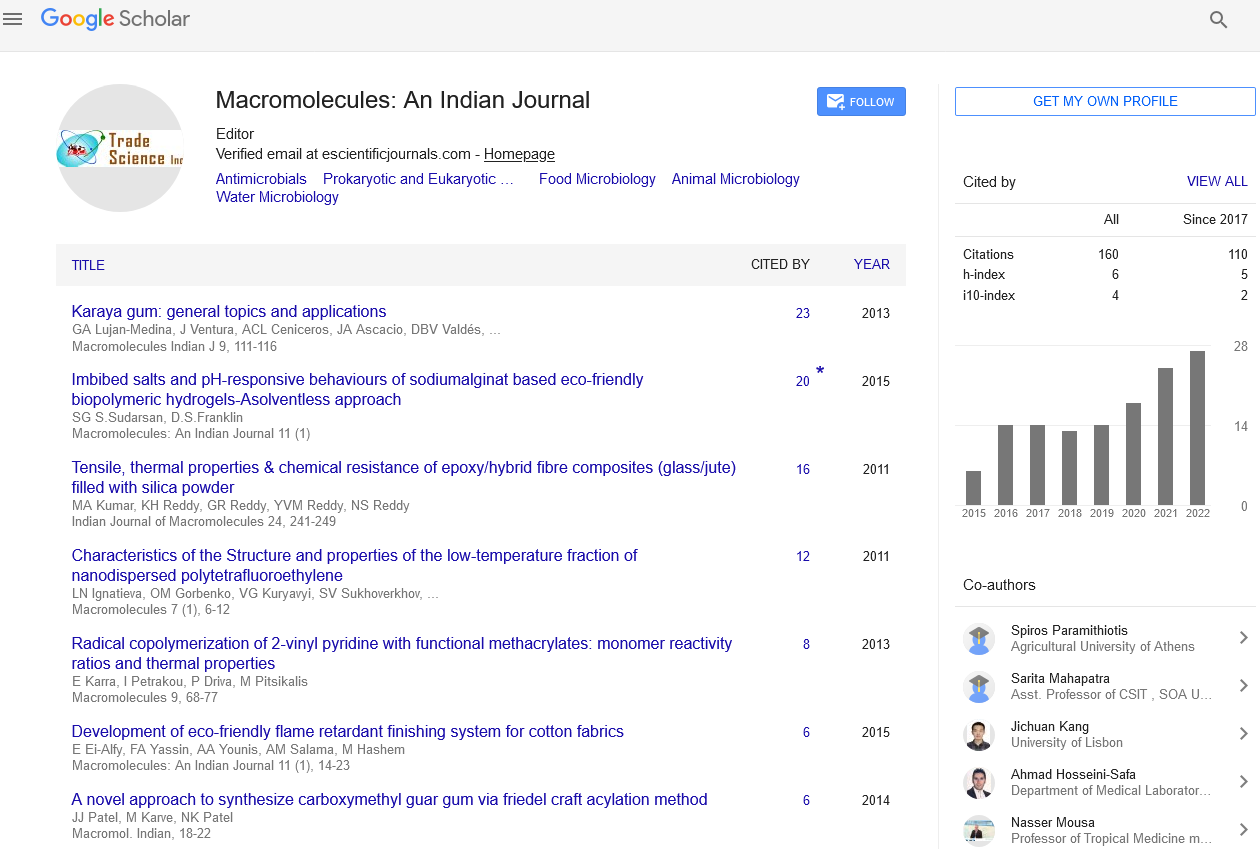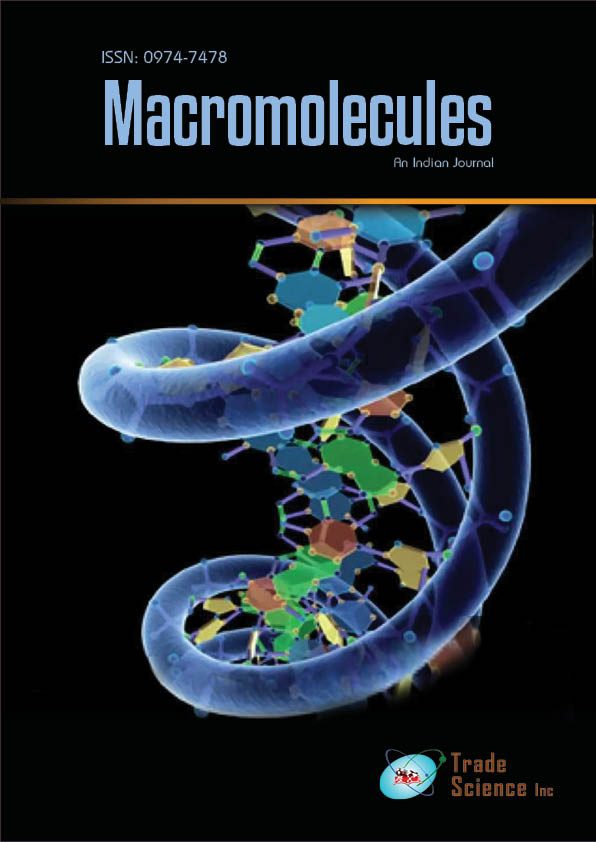Abstract
Investigations on pharmaceutically important 14-20-memberedmacrocyclic complexes : Designing, synthesis (Via green tool), spectroscopic characterization, antifungal, antibacterial and antifertility activity
Author(s): Ashu Chaudhary , R.V.SinghA huge world of inorganic drugs is waiting to be discovered. The inorganic drugs can be metal complexes wherein some of the ligands remain bound to the metal even on reaching the target site or where the ligands simply act as a vehicle for delivery and or not critical for activity. In some cases the ligands themselves may be the active species. A few inorganic compounds are already successful drugs. However, some more still needs to be done.Achieving optimal chemopreventive potency with lowest toxicity continues to be our primary goal in designing and developing Iron (II) and Lead (II) complexes. Tetraazamacrocyclic complexes of Iron (II) and Lead (II) have been synthesized by template condensation of FeCl2.4H2O and PbCl2with dicarboxylic acid (malonic, succinic, glutaric or adipic acid) and 9,10-diaminophenantherene in 1:2:2molar ratios. The new products with octahedral geometry have been characterized by elemental analyses, molecular weight determinations, molar conductance, magnetic moment and spectral studies viz., infrared and electronic. On the basis of the spectral studies the binding sites are proposed as the nitrogen atom of themacrocycles. The formulation of the complexes as [M(Macn)Cl2] (where M= Fe or Pb and n=1 - 4) has been established on the basis of chemical composition. To assess the growth inhibiting potential of the iron (II) and lead complexes biological screening have been undertaken. Particular attention has been paid to the antifertility activity. The testicular sperm density sperm morphology, sperm motility, density of cauda epididymis, spermatozoa and fertility inmating trial and biochemical parameters of the reproductive organs of the male albino rats were examined.

